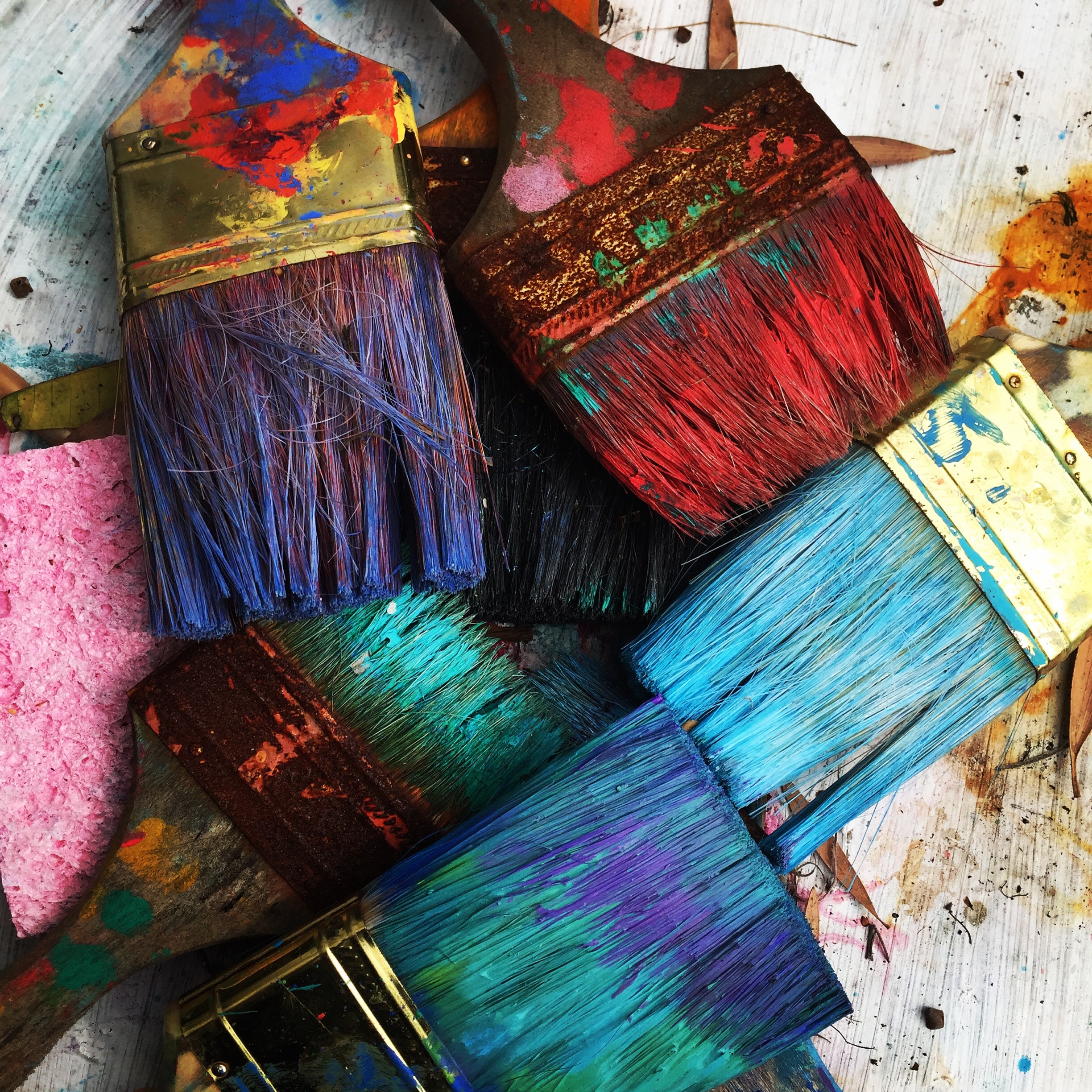info@sadi.co.ke
+254727368241
Introduction:
Design is an art form that is rooted in creativity and constantly driven by innovation. It's a multifaceted discipline that encompasses a vast array of industries and applications, from graphic design to fashion, architecture to web design, and beyond. In this exploration of the art of design, we delve into the heart of what makes design an ever-evolving and essential aspect of our lives.
1. Creativity Unleashed:
Creativity is the lifeblood of design. It's the spark that ignites the entire process. Designers are artists, whether they're creating a logo, an interior space, or a piece of clothing. They're driven by the need to express ideas, tell stories, and evoke emotions through their work.
2. Design Thinking and Problem-Solving:
Designers don't just create beautiful things; they solve problems. The concept of design thinking involves approaching challenges with a creative mindset, leading to innovative solutions in various fields.
3. The Influence of Technology:
In today's digital age, technology has transformed the way we design and interact with design. From 3D modeling software to augmented reality, technology empowers designers to push boundaries and explore new horizons.
4. The Art of Visual Communication:
Design is a language of its own. Graphic design, in particular, is a form of visual communication that conveys messages and information through images, typography, and layout. It's a skill that plays a crucial role in marketing and branding.
5. The Marriage of Form and Function:
Great design seamlessly blends form and function. Whether it's the architecture of a building or the user interface of a mobile app, effective design enhances usability while creating an aesthetically pleasing experience.
6. Sustainability in Design:
Modern design goes beyond aesthetics and functionality; it also considers environmental impact. Sustainable design aims to minimize harm to the planet by using eco-friendly materials and practices.
7. The Creative Process:
Design doesn't happen in a vacuum. It involves research, ideation, iteration, and feedback. The creative process is a journey, and every project is a story waiting to be told.
8. Bridging Art and Design:
The boundary between art and design can be blurry. Artists and designers often draw inspiration from each other. Art influences design, and design can be a form of art. Understanding these intersections can lead to groundbreaking work.
9. The Human-Centered Approach:
Design thinking often incorporates a human-centered approach. It focuses on understanding the end-users and tailoring designs to meet their needs, resulting in more user-friendly and effective solutions.
10. The Future of Design:
As technology continues to advance and global challenges evolve, the future of design is a realm of exciting possibilities. From smart cities to sustainable fashion, design will play a pivotal role in shaping a better world.
Conclusion
In essence, the art of design is a journey of creativity and innovation. It's a means of expression, a problem-solving tool, and a reflection of our evolving society. Design is all around us, shaping the way we live, work, and experience the world. It's a testament to the boundless human imagination and the power of creative thinking.
 October 12, 2023 - BY Admin
October 12, 2023 - BY Admin